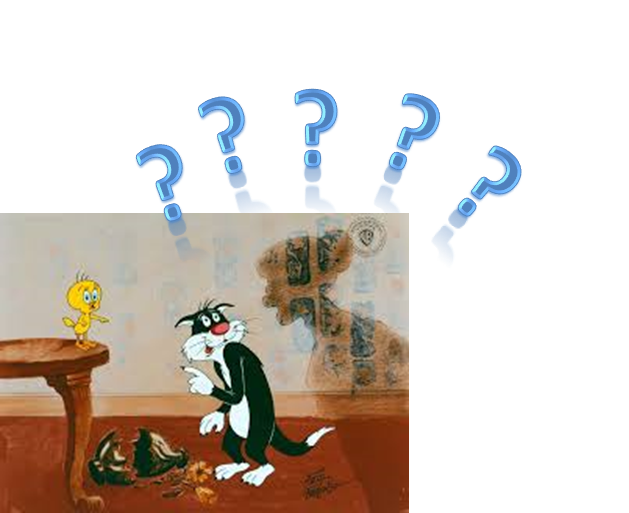“We cannot solve our problems with the same thinking we used when we created them.” Albert Einstein
As I mentioned in my last blog, Lean is not so much a tool as a philosophy. Once that philosophy becomes part of your practice’s culture, the tools of Lean will be used automatically. Let me give you an example of how this works.
The foundational philosophy of Lean is “Continuous Improvement”. This means that you will never reach an end point in the improvement of your practice management.
A tool that is critical to this philosophy is “5 Whys”. What is this?
Normally in an organization, when we run into a problem we do our best to solve it as quickly as possible. Because we’re busy, we dispatch the problem rather than getting to its root cause. This is certainly understandable; it’s the way we’ve been taught throughout our lives. Does this sound familiar: “Failure isn’t falling down; failure is not getting back up”? There are others:
- “Pick yourself up, dust yourself off, and start all over again.”
- “When a horse bucks you off, get right back in the saddle.”
- “If at first you don’t succeed, try, try again.”
Sound familiar?
This philosophy doesn’t apply to Lean. Take another look at Einstein’s quote at the beginning of this article: “We cannot solve our problems with the same thinking we used when we created them.” This is the way the person who has a Lean philosophy thinks. Before getting back on the horse, or getting off the ground, the person who is concerned with continuous improvement asks themselves “why?”; and not just once, but five times! And each time they answer a “why” they come up with a countermeasure. A countermeasure is a measure or action taken to counter or offset another one.
I’m sure you’ve heard the term before. It’s used a lot in military jargon. If someone attacks a ship with a missile, the ship is loaded with all types of systems and weapons to countermeasure (blow it out of the sky before it hits its target).
Let me give you an example:
A patient is a no-show. This patient is notorious for doing this.
Non-Lean reactions (notice I used the word ‘reaction’)
- Manager: “Oh, well, let’s take an early lunch.”
- Manager: #@%, I’ve had it with Mr. X. Call him and tell him he’ll have to find another dentist.
Neither one of these reactions solves the problem. You’ll either keep losing time with this patient or have just lost a patient. The most accepted solution is to charge the patient for the ‘no-show’.
Here’s how this problem becomes an opportunity using Lean:
- Leader: “What happened?”
“The patient didn’t show for their appointment.”
- Leader: “Why did the patient not show?”
“This patient always has a hard time getting to his appointments.”
- Leader: “Why do you suppose that is?”
“His wife told me last time she was in that he’s deathly afraid of the dentist.”
- Leader: “Why is he afraid of the dentist?”
“She told me that he grew up in a family where they all believed that going to the dentist would be a painful experience.”
You can see that you’re getting closer to the root cause.
The countermeasure:
Leader: “Give me the patient’s number, I’m going to invite him in to have an informal chat and give him a tour of our office and let him meet our staff. Then we can sit down and chat about his concerns.”
I want you to notice something very important: I used the terms “Manager” and “Leader”. What’s the difference? A Manager is tasked to maintain the status-quo; a Leader drives change.
One final example that shows a more formalized tool for addressing the 5 whys:
Granny comes home and finds Sylvester and Tweetie and an expensive lamp lying broken on the living room floor.
Problem: Broken Lamp
Countermeasure: Clean up the broken lamp.
Why #1: Because Sylvester and Tweetie were rough-housing.
Countermeasure: Keep them separate
Why #2: Because Sylvester got in the house and Tweetie got out of his cage.
Countermeasure: Put Sylvester outside and Tweetie back in the cage.
Why #3: Because they could open the door to the house and the cage.
Countermeasure: Lock the door and cage securely
Why #4: Because the lock to the door and the cage latch are broken.
Countermeasure: Get them repaired
Why #5: Because Granny keeps forgetting to get them repaired.
Countermeasure: Granny starts keeping a list of things that need repairing and checks them off when they are complete
The answer to the fifth ‘why’ is what is called the “Root Cause”. This is what led to the chain of events that caused the lamp to be broken. Of course, the root cause may be that Grannie isn’t taking her meds. Anyway, the point of the exercise is to find out what root cause eventually led to the broken lamp. If Granny had just swept up the lamp, like she always does, you’ll be wanting to buy stock in the lamp store.
Keep in mind that there may not always be five ‘whys’; there may be two or three, but you should try for five. The more people slow-down in their responses to the ‘whys’, the closer you’re getting to the root cause.
When you make a habit of the exercise of using five “whys” to find the root cause of problems, you’ll find that problems have become opportunities for improving your practice.

